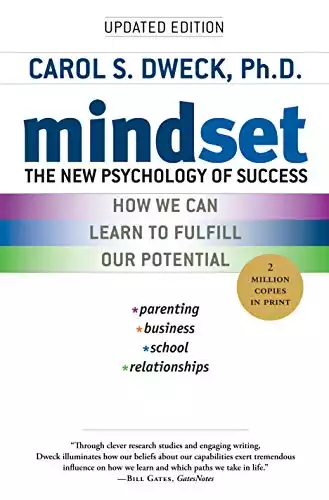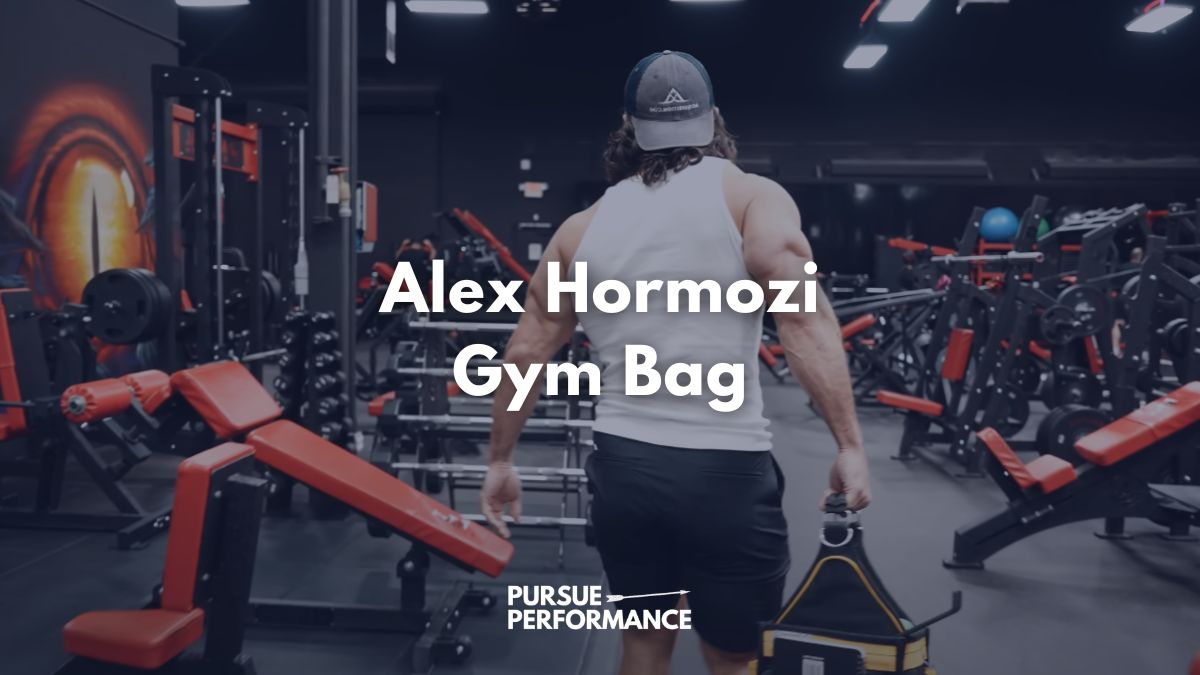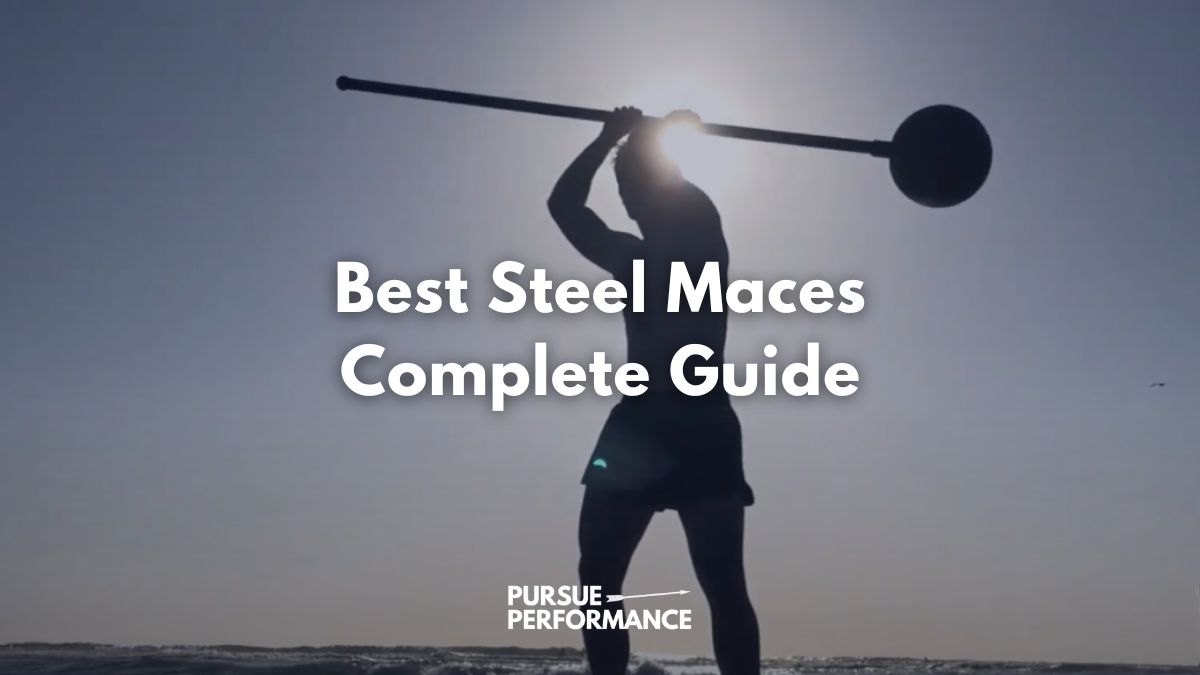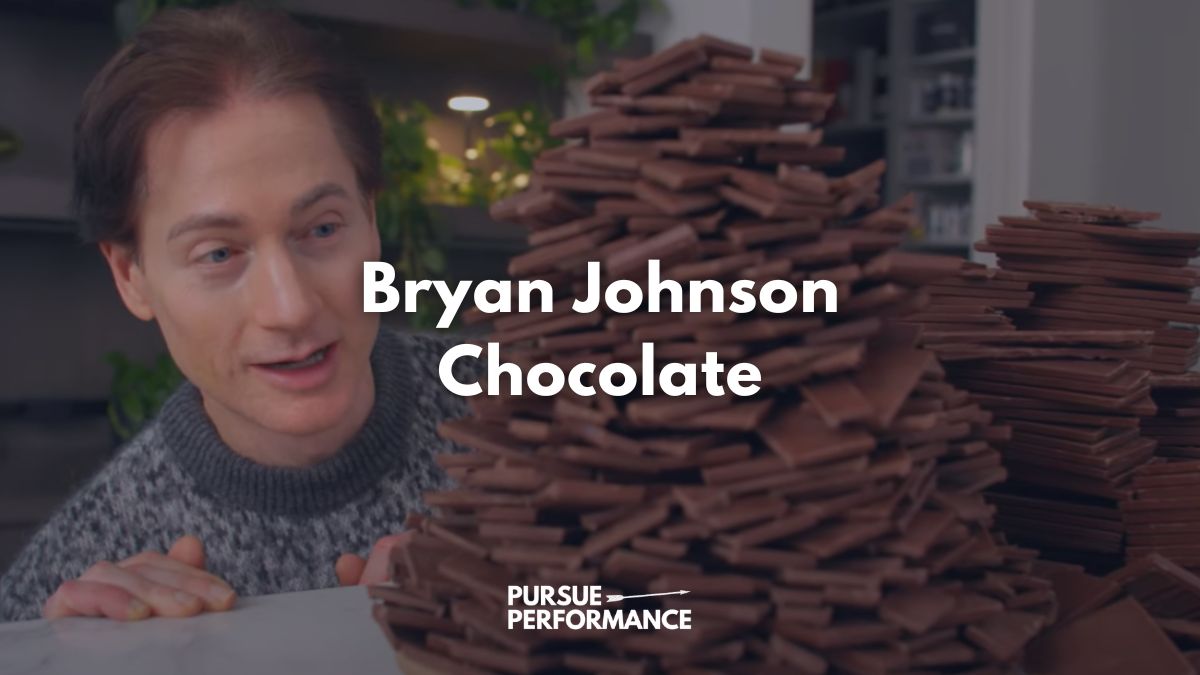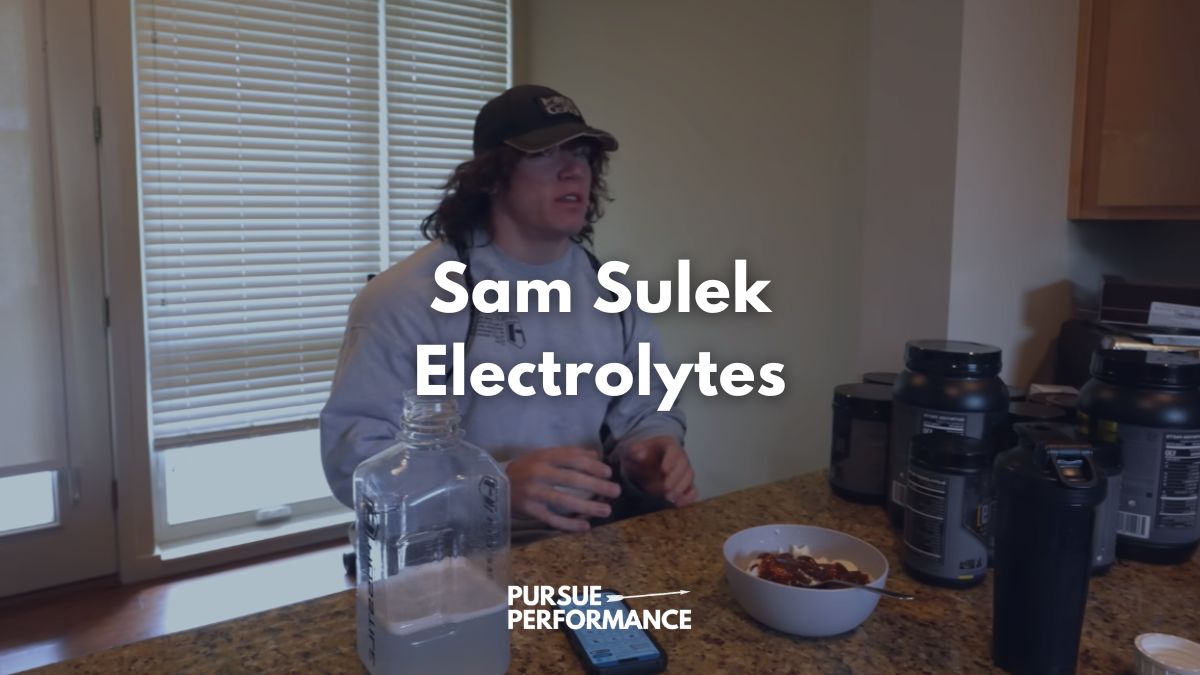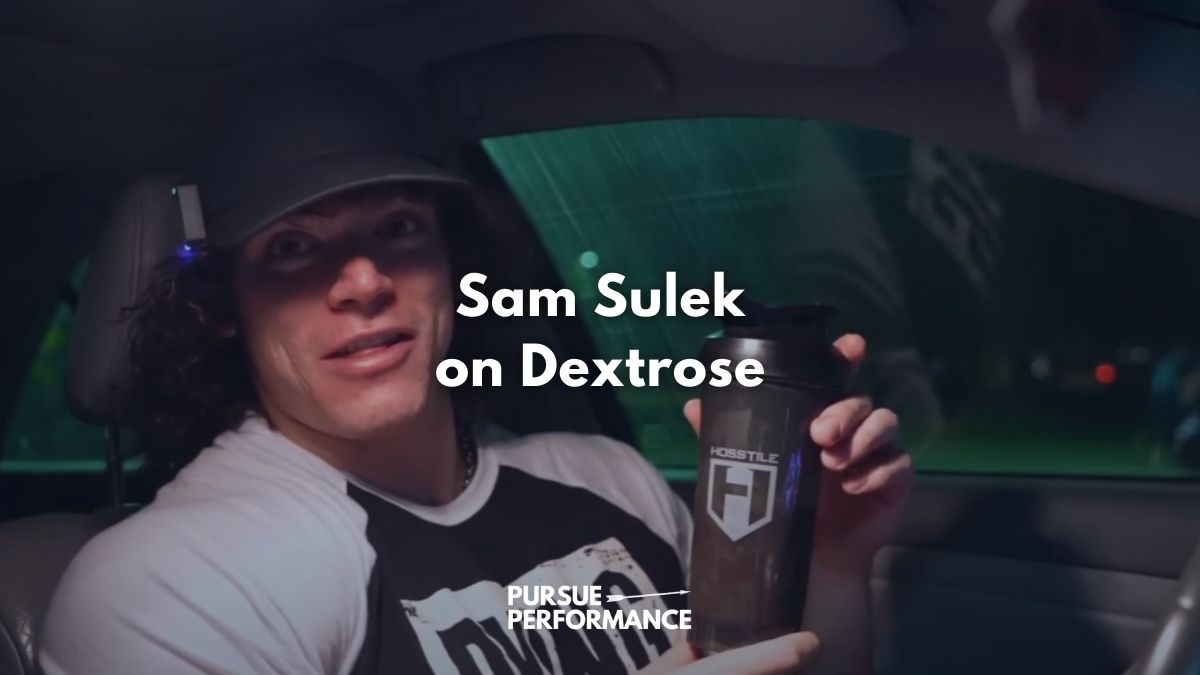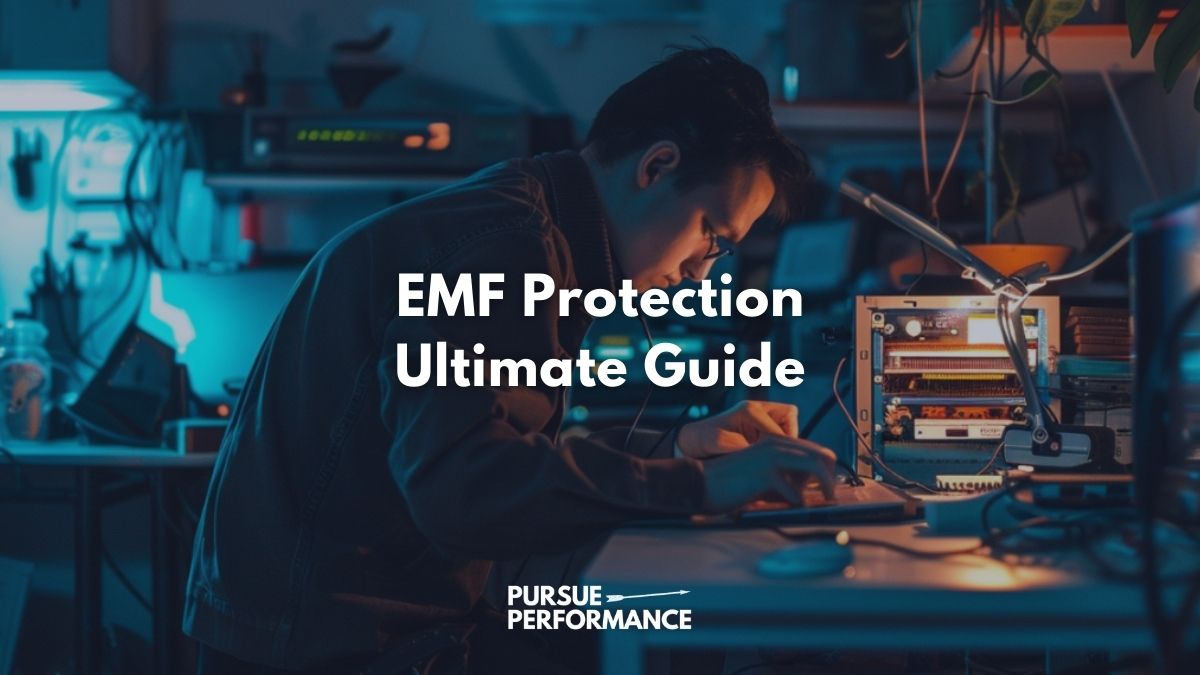According to Andrew Huberman, motivation and drive originate deep in our biology – specifically in the neurotransmitter dopamine.
When we desire or anticipate something pleasurable, dopamine spikes in the brain, energizing us towards action. It creates a compelling urge that manifests as motivation.
By examining motivation through the lens of dopamine and associated brain circuits, we gain insight into what makes us tick – and how to tick better.
In this post, we will share Professor Huberman’s insights on motivation, the science behind dopamine, and actionable tips to improve your motivation.
Let’s get started!
Recommended Reading
Mindset: The New Psychology of Success
Can’t Hurt Me
Andrew Huberman Motivation Science
The Role of Dopamine
Huberman explains how the neurotransmitter dopamine plays a key role in motivation and drive.
When we anticipate or desire something, dopamine levels rise, energizing us to take action.
Then dopamine falls below baseline, which creates that craving or “wanting”, propelling us to pursue the desired goal.
This creates spikes and dips in dopamine that regulate the entire cycle of motivation.
Understanding this underlying mechanism gives us insight into how to boost motivation in positive ways or lead us out of procrastination.
Related: Andrew Huberman Hypnosis Experience and Recommendations
Dopamine Dynamics
There are optimal “baselines” of dopamine that allow us to feel motivated day-to-day.
Huberman discusses lifestyle factors like sleep, nutrition, exercise, and stress management that help maintain healthy dopamine function.
We also have to be careful not to overstimulate dopamine too often, or we can experience crashes below the baseline, losing intrinsic motivation for things we used to enjoy.
Learning to protect baseline dopamine levels is key.
Andrew Huberman Tips to Improve Motivation
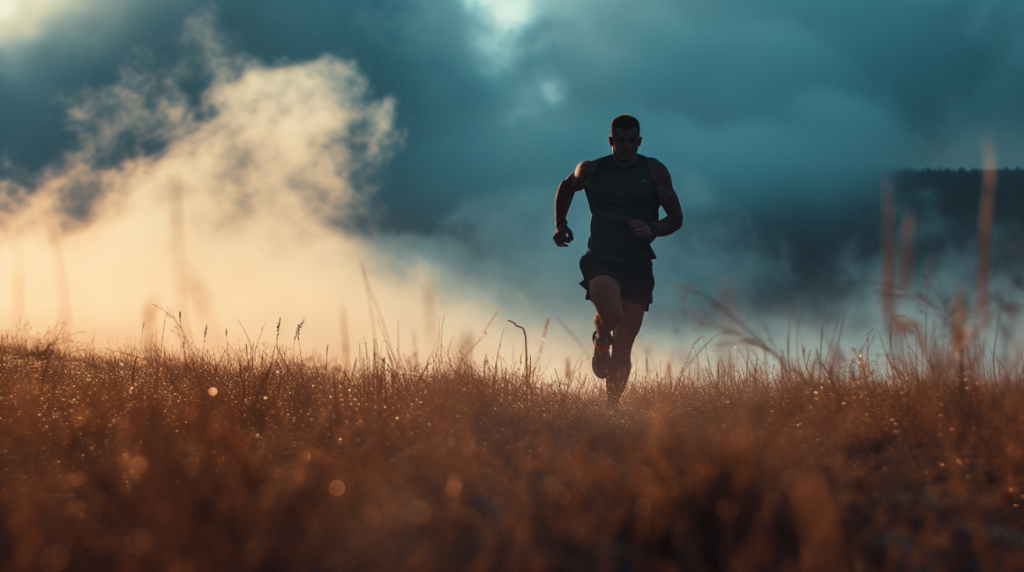
Overcoming Procrastination
Huberman explains that when we procrastinate, we are often in a dopamine “trough” – our motivation and drive feels depleted.
“When friction becomes the reward you can pass from an idea and a goal no matter how daunting to successful completion of that goal while experiencing what essentially will feel like pleasure the entire time.”
Instead of waiting for motivation to return, we can purposefully do short activities that require effort and discomfort, like taking a cold shower.
This kicks us out of the dopamine dip more quickly.
“If you’re feeling a motivated but you find yourself cleaning the house as a way to procrastinate you can say well cleaning the house is harder than sitting down and doing nothing but actually in that moment or in those moments that’s not the case.”
We have to truly challenge ourselves by leaning into friction and difficulty.
By tackling something we actively don’t want to do, we prompt a steeper dopamine drop – and this leads to a faster rebound back to motivated action.
The Power of Intrinsic Motivation
Rather than relying on external rewards and validation, Huberman discusses cultivating intrinsic motivation – where the effort and process itself become rewarding.
This leverages our baseline dopamine system instead of artificially manipulating highs and lows.
“Intrinsic motivation is perhaps the Holy Grail of all human endeavors and behaviors.”
Flow states, getting “in the zone”, and feelings of drive arise most powerfully from within.
Huberman cites practices like mindfulness and reconnecting with what we find fundamentally fulfilling as ways to tap into intrinsic reward.
Fostering self-acceptance and adopting a growth mindset also allows us to stay motivated through setbacks, knowing we can get better over time.
Our inner resources keep us pushing ahead.
Additional Tools
When intrinsic motivation isn’t enough, and we notice lagging motivation, we can add supplemental practices to regain momentum.
“There is no pill or bottle or potion or motivational speech or podcast or book that can replace intrinsic motivation.”
Huberman advises brief meditation or breathwork, cold exposure like cold showers, focused movement or interval exercise, affirmative self-talk, and actively recalling our larger reasons “why”.
Having consistent go-to techniques helps give us an extra push when needed, stimulating dopamine and avoidance mechanisms to snap out of spaces of depletion or stagnation.


